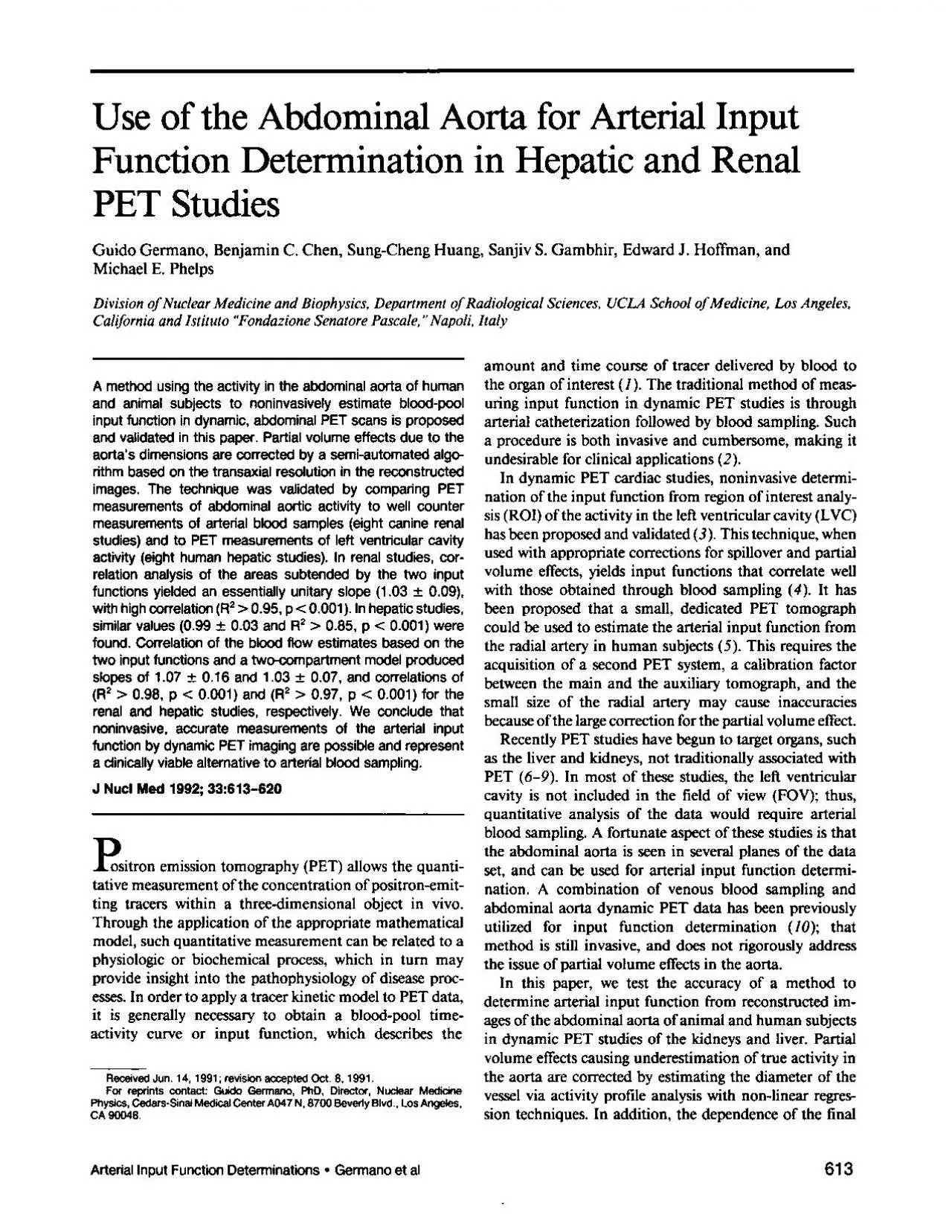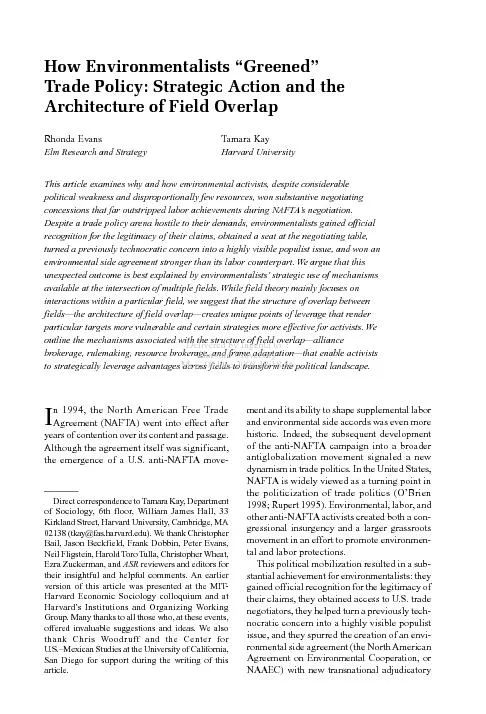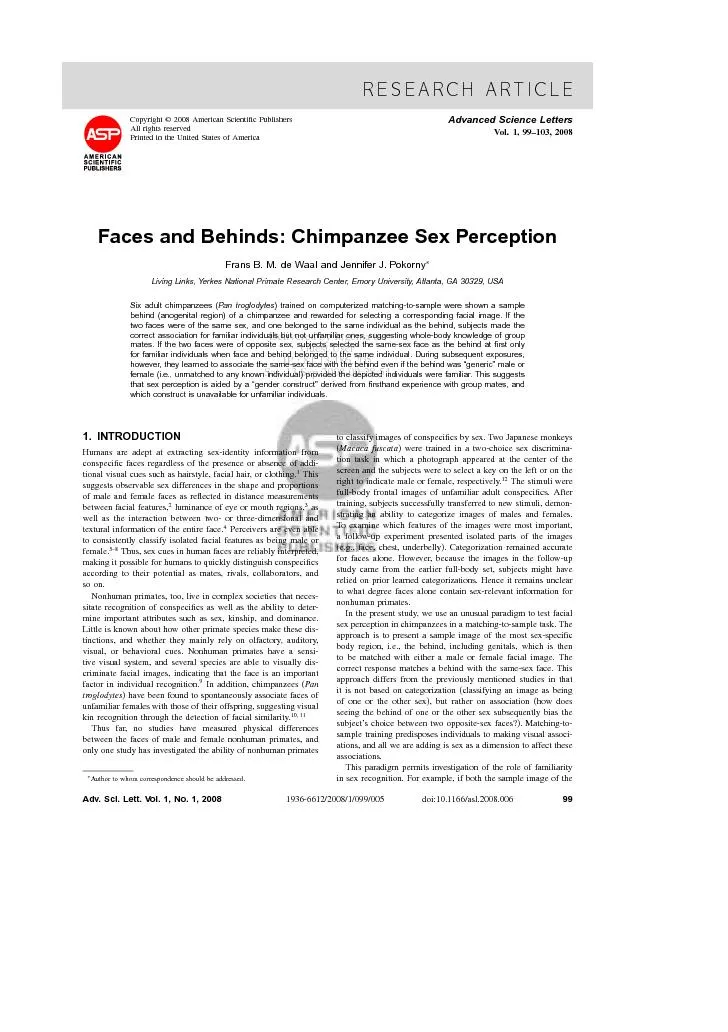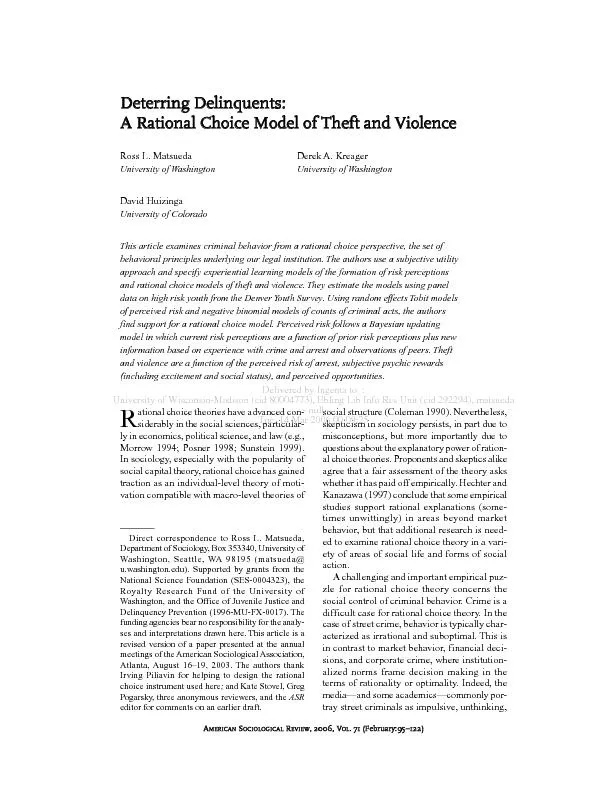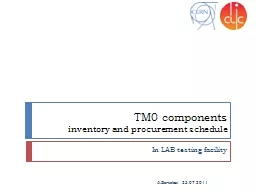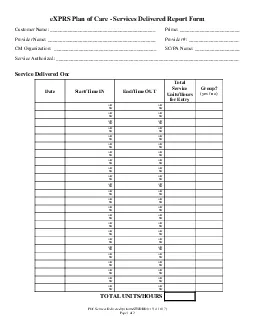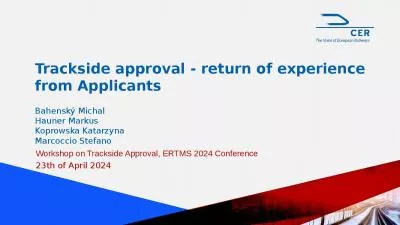PDF-delivered
Author : jainy | Published Date : 2022-08-16
amount and time course of tracer by blood to the organ of interest 1 The traditional method of meas uring input function in dynamic PET studies is through arterial catheterization followed by blood
Presentation Embed Code
Download Presentation
Download Presentation The PPT/PDF document "delivered" is the property of its rightful owner. Permission is granted to download and print the materials on this website for personal, non-commercial use only, and to display it on your personal computer provided you do not modify the materials and that you retain all copyright notices contained in the materials. By downloading content from our website, you accept the terms of this agreement.
delivered: Transcript
Download Rules Of Document
"delivered"The content belongs to its owner. You may download and print it for personal use, without modification, and keep all copyright notices. By downloading, you agree to these terms.
Related Documents

